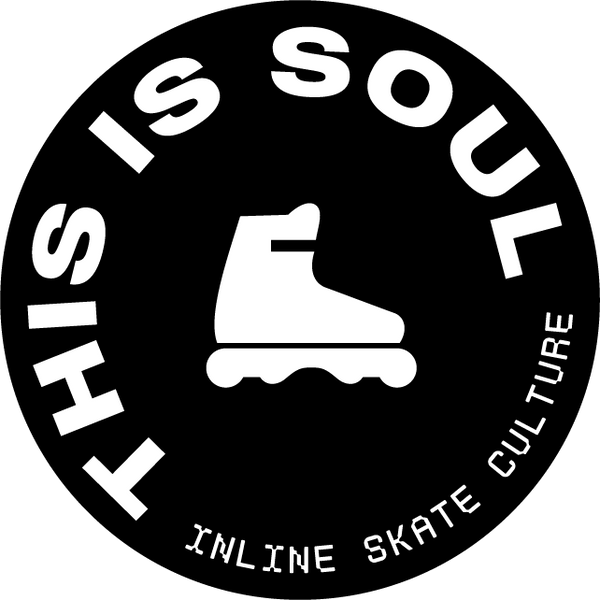Everything about wheel hardness
Short answer
Wheel hardness affects speed, grip, and comfort, making it crucial for choosing the right inline skate wheels.
Long answer
When selecting inline skate wheels, wheel hardness is a key factor that influences performance. Whether you prioritize speed, comfort, grip, or sliding, the hardness of your wheels will significantly impact your skating experience. Here’s everything you need to know to choose the right hardness for your needs.
What is wheel hardness?
Wheel hardness is measured using the Shore A scale, developed over a century ago by Albert Ferdinand Shore. This scale ranges from 0 (extremely soft) to 100 (extremely hard). For reference:
- Candy: 10A
- Rubber band: 60A
- Inline skate wheels: Typically 80A–95A
The hardness rating, marked with an "A" (for Albert), is usually printed on the side of the wheel. This number reflects the hardness of the wheel’s outer layer but says nothing about the core material.
How wheel hardness affects performance
Speed
Hard wheels are faster because they maintain their round shape and don’t deform under pressure, distributing weight evenly across the surface. Softer wheels, on the other hand, absorb more energy as they compress slightly when rolling, slowing you down. However, the speed also depends on the wheel’s core. A soft wheel with a strong core can sometimes outperform a harder wheel, despite the wheel hardness scale.
Comfort
Soft wheels provide excellent shock absorption, evenly smoothing out bumps and cracks on rough surfaces like poorly maintained roads. They act as built-in shock absorbers, making rides more comfortable. Hard wheels, while faster, transmit more vibrations, making them less comfortable for long rides. This is an important factor to consider when deciding on the right wheel hardness.
Grip
Soft wheels offer better grip because they deform slightly, increasing the contact area with the ground and evenly spreading traction. This makes them great for wet or slippery conditions. Hard wheels, being less grippy, provide less friction, which can be a disadvantage in certain situations. The wheel hardness level greatly impacts how much grip a wheel can provide.
Sliding and braking
For advanced braking techniques and sliding, hard wheels are ideal. Their lower grip allows for smoother slides and more precise control, as they distribute weight more evenly across the surface during slides. If you’re learning to slide, choosing the hardest wheels available is recommended.
Grinding
Aggressive skaters face unique challenges. To maximize grind space, many use only two wheels or small grind wheels (antirockers) in the center of their setup. Hard grind wheels with high wheel hardness prevent sticking during tricks, ensuring smoother grinds. Soft wheels, while grippier, can cause unexpected stops during a grind.
Hard vs Soft wheels: A quick comparison
Soft wheels:
- Benefits: Comfortable ride, excellent grip.
- Drawbacks: Slower, not ideal for sliding or grinding.
Hard wheels:
- Benefits: Faster, better for sliding and grinding.
- Drawbacks: Less comfortable, reduced grip.
Choosing the right wheel hardness
If you’re unsure about the best wheel hardness for your skating style, go for a mid-range option (around 85A). This provides a good balance between speed, grip, and comfort.
Focus on these additional factors:
- Wheel size: Choose the largest diameter your frame accommodates for better stability and speed.
- Brand quality: Stick with trusted brands like Undercover, Matter, or Rollerblade Hydrogen for reliable performance.
Final thoughts
Wheel hardness is an essential factor in choosing the right inline skate wheels, but it’s not the only consideration. Pay attention to wheel diameter and compound quality to get the best performance. For personalized advice, visit our store in Amsterdam or check out more tips on our YouTube channel.
